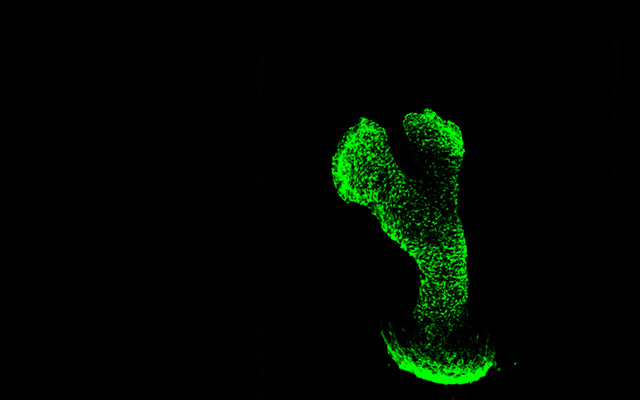Effects of LncRNA FBXL19-AS1 on Proliferation, Invasion and Epithelial-Mesenchymal Transition of Bladder Cancer Cells by Targeting miR-149-5p/RAB31
YAN Zhisheng1*, HE Zhengguang2, PENG Xinxia1
This article explored the impacts of LncRNA FBXL19-AS1 (long non coding RNA F-box and leucine rich repeat protein 19 antisense RNA1) on the proliferation, invasion and EMT (epithelial-mesenchymal transition) of bladder cancer cells by targeting miR-149-5p/RAB31 (microRNA-149-5p/Ras related protein 31). T24 cells were assigned into five groups: Control group, sh-NC group, sh-FBXL19-AS1 group, sh-FBXL19-AS1+anti-miR-NC group, and sh-FBXL19-AS1+anti-miR-149-5p group. RT-qPCR was used to detect LncRNA FBXL19-AS1, miR-149-5p, and RAB31 mRNA. MTT assay and the plate cloning experiment was performed to detect cell proliferation. Transwell chamber method was performed to measure the invasive ability of cells. The dual luciferase reporter assay was performed to detect the targeting relationship between LncRNA FBXL19-AS1 and miR-149-5p, miR-149-5p and RAB31. Western blot was used to detect the protein contents of E-cadherin and Ncadherin. The nude mouse tumorigenesis experiment was used to detect the impacts of LncRNA FBXL19-AS1 on transplanted tumors and the miR-149-5p and RAB31 proteins. Compared with the sh-NC group, the sh-FBXL19- AS1 group showed manifestly increased miR-149-5p and E-cadherin protein in T24 cells, and clearly decreased LncRNA FBXL19-AS1, RAB31 mRNA, D value, clone formation number, cell invasion number, and N-cadherin protein (P<0.05). The sh-FBXL19-AS1+anti-miR-149-5p group could reverse the above results. The dual luciferase assay found that there was a targeting relationship between LncRNA FBXL19-AS1 and miR-149-5p, as well as between miR-149-5p and RAB31. The nude mouse tumor formation experiments demonstrated that after silencing LncRNA FBXL19-AS1, the volume and mass of tumors and the expression of RAB31 protein were significantly reduced, and the expression of miR-149-5p was significantly increased (P<0.05). This study is the first to find that interference of LncRNA FBXL19-AS1 may inhibit the proliferation, invasion and EMT of bladder cancer cells by upregulating miR-149-5p and downregulating the expression of RAB31, providing a new target for clinical treatment of bladder cancer.




 CN
CN EN
EN